Board games have entertained people for thousands of years. Some of the earliest games date back to ancient civilizations. These games were more than just leisure; they often had cultural and religious significance. Many of these classic games are still enjoyed today. They reveal how humans have always found ways to challenge their minds and engage with others through strategy and fun. Here’s a look at some of the oldest board games in history.
Senet
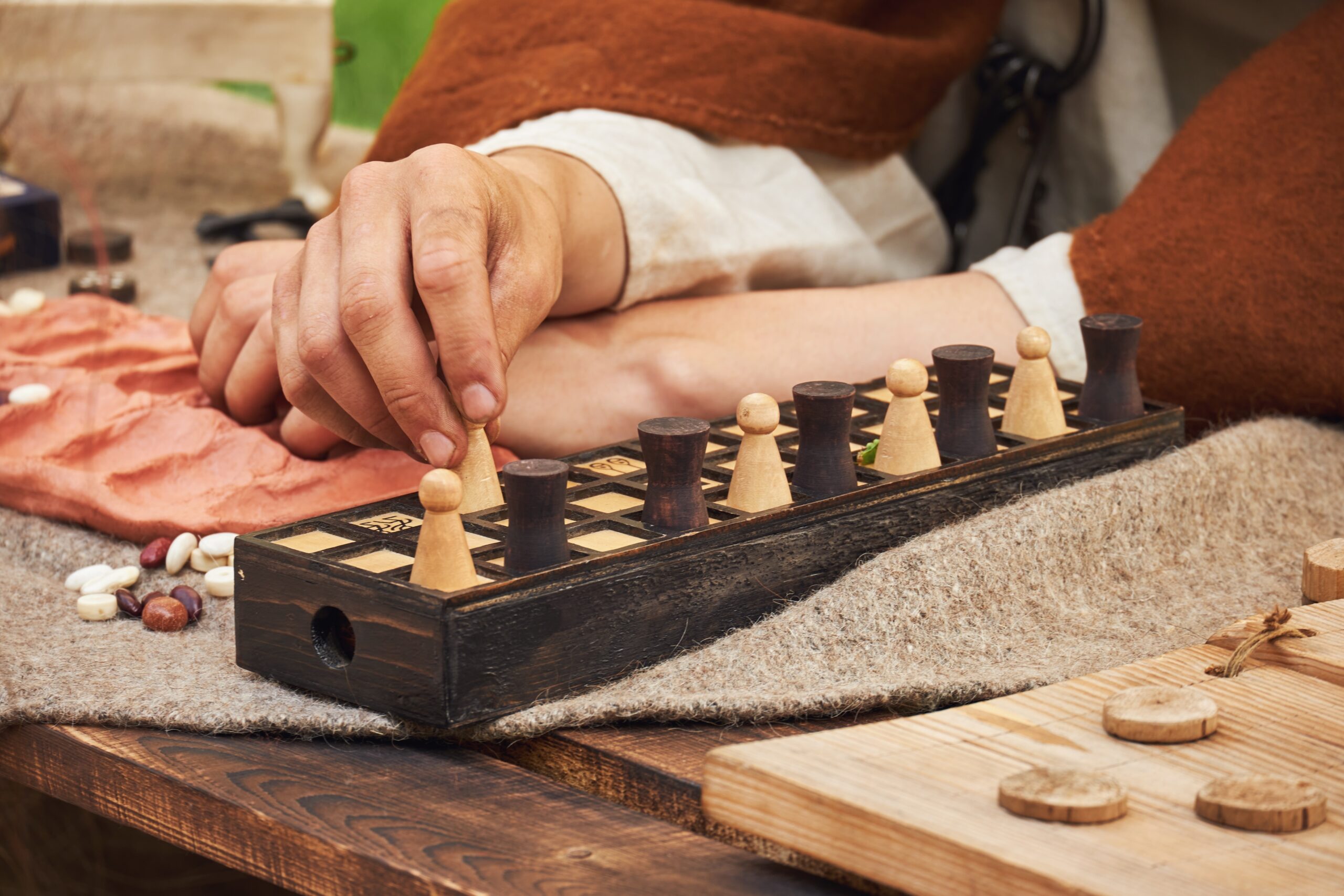
Senet is one of the oldest known board games. It originated in ancient Egypt around 3100 BCE. This game was linked to the journey of the soul through the afterlife. It was often found in tombs and depicted in Egyptian art. Senet is played by two people on a grid of 30 squares, with players moving pieces according to the roll of sticks or dice. The goal was to move all pieces off the board, which was symbolic of passing through to the afterlife. While the exact rules remain unclear today, modern versions are still played. Its popularity among ancient royalty shows its significance in Egyptian culture.
Mehen

Mehen is another ancient Egyptian game, believed to have been played around 3000 BCE. It was named after the snake god Mehen, and the game board resembled a coiled serpent. The game had both competitive and religious aspects. It’s thought to have been played by multiple players, possibly up to six. Players moved their lion-shaped pieces along the snake’s body, aiming to reach the center. Although Mehen disappeared from use around 2000 BCE, it offers a glimpse into the spiritual world of ancient Egypt. There are no known modern versions, but its fascinating design is still studied.
Royal Game of Ur
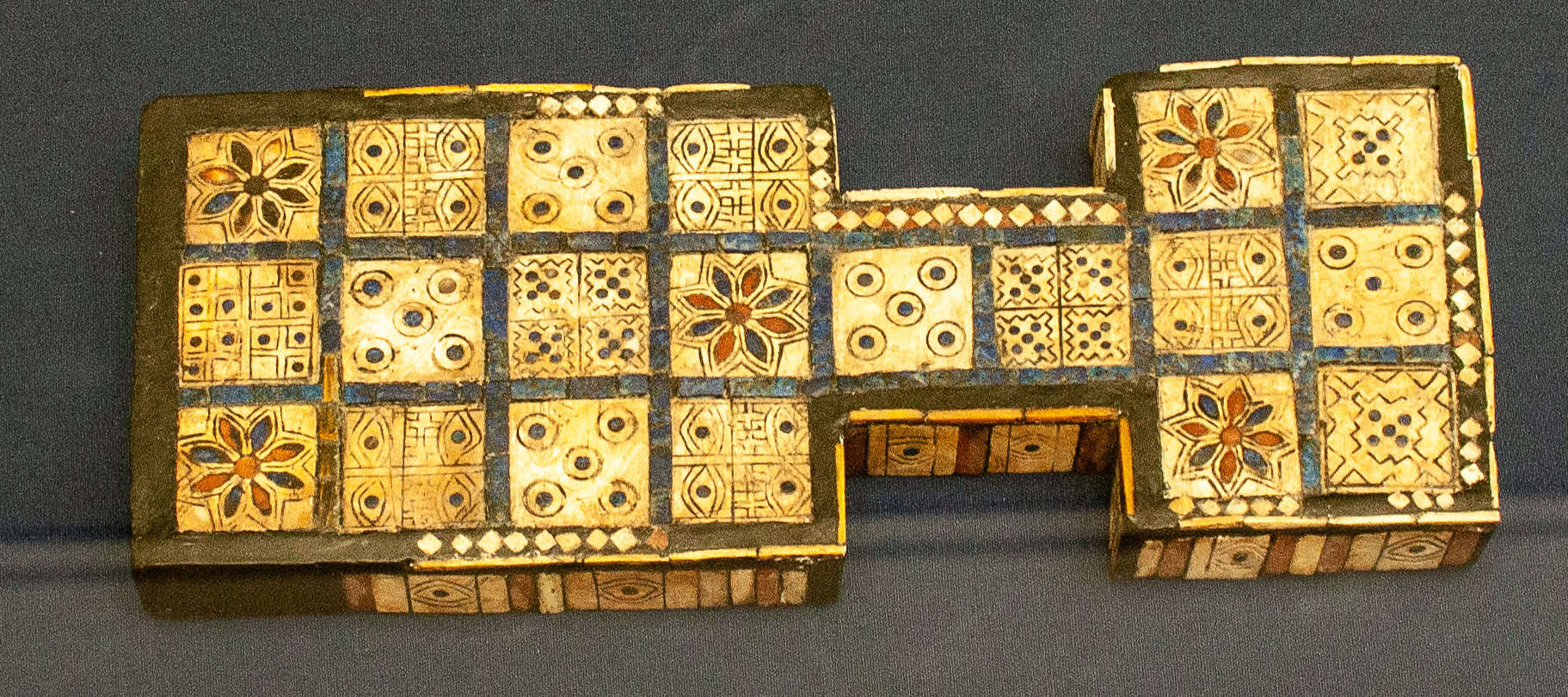
The Royal Game of Ur, originating around 2600 BCE, comes from ancient Mesopotamia. This two-player game was discovered in royal tombs, suggesting it had both leisure and ceremonial importance. Players rolled dice to move their pieces across a board of 20 squares. The game had elements of strategy and luck, with the goal of getting all pieces to the end before the opponent. The original rules were found on a cuneiform tablet, allowing modern reconstructions. It is still played in some regions today, offering a direct link to one of humanity’s earliest games of skill.
Mancala
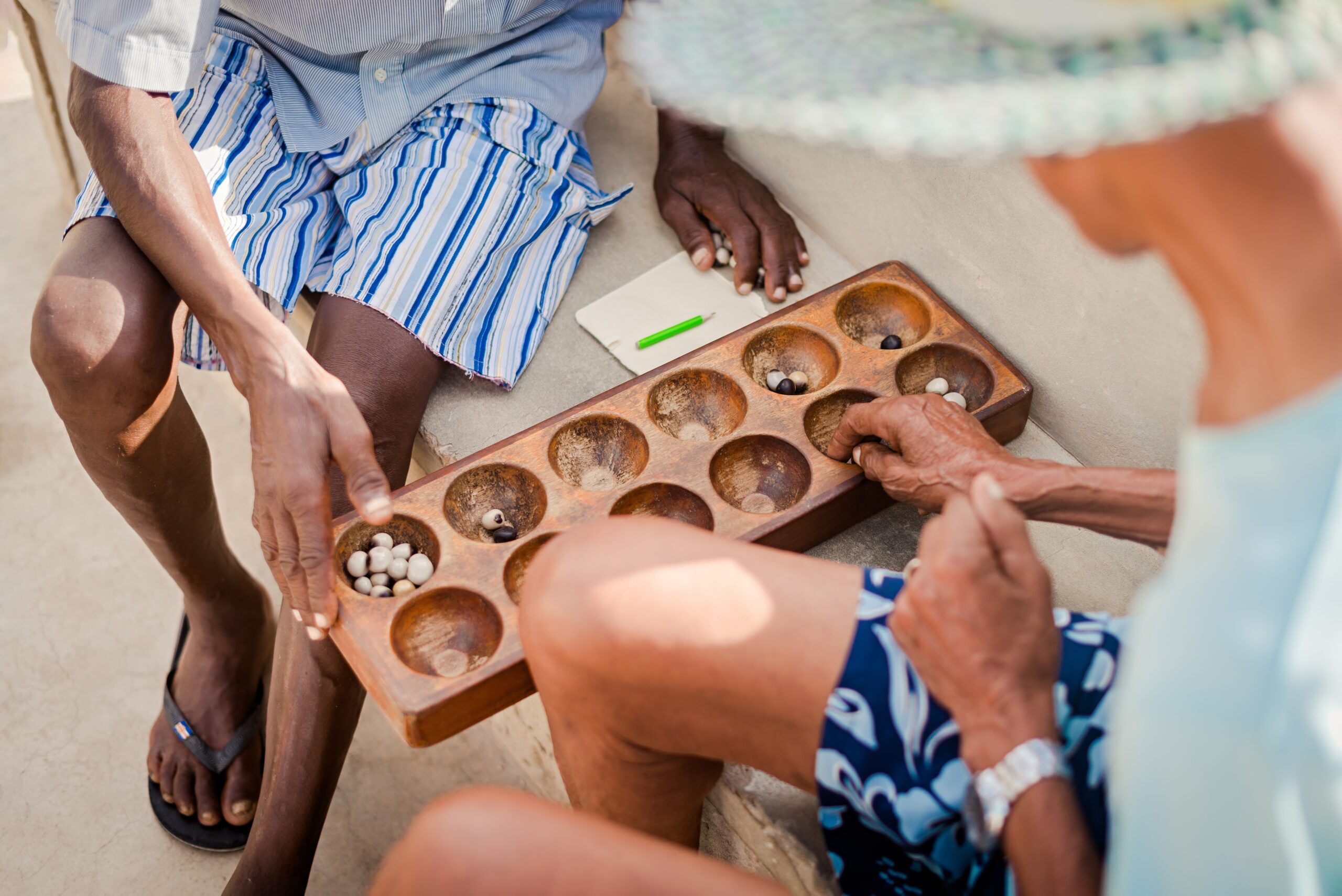
Mancala is an ancient game that originated in Africa, likely around 600 CE. It is a family of games, with many variations played across Africa, the Middle East, and Asia. The game involves two players, who take turns moving small stones or seeds around a board with rows of pits. The goal is to capture more stones than the opponent. Mancala has been called a game of “count and capture” and remains popular worldwide today. It’s easy to learn but requires strategy, making it a favorite across cultures for centuries.
Go (Weiqi)

Go, also known as Weiqi in China, dates back over 2,500 years to around 500 BCE. It originated in China but spread to Japan and Korea, becoming a staple of East Asian culture. The game is played by two people, who alternately place black and white stones on a grid. The objective is to control more territory on the board than the opponent. Go is considered a game of deep strategy, with simple rules but infinite complexity. It is still widely played today, especially in East Asia, with professional leagues and tournaments.
Patolli
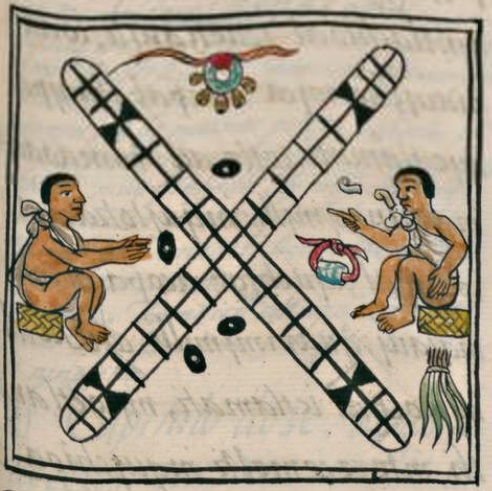
Patolli was a favorite game of the ancient Aztecs, dating back over 1,000 years. It was both a gambling game and a ritual offering to the gods. The board was shaped like an X, and players rolled beans marked with dots instead of dice. Two players raced to move their pieces around the board, trying to land on specific squares. The game could be highly competitive, with players sometimes betting valuable items or even their freedom. While not commonly played today, it provides insight into the gambling culture of pre-Columbian Mexico.
Backgammon
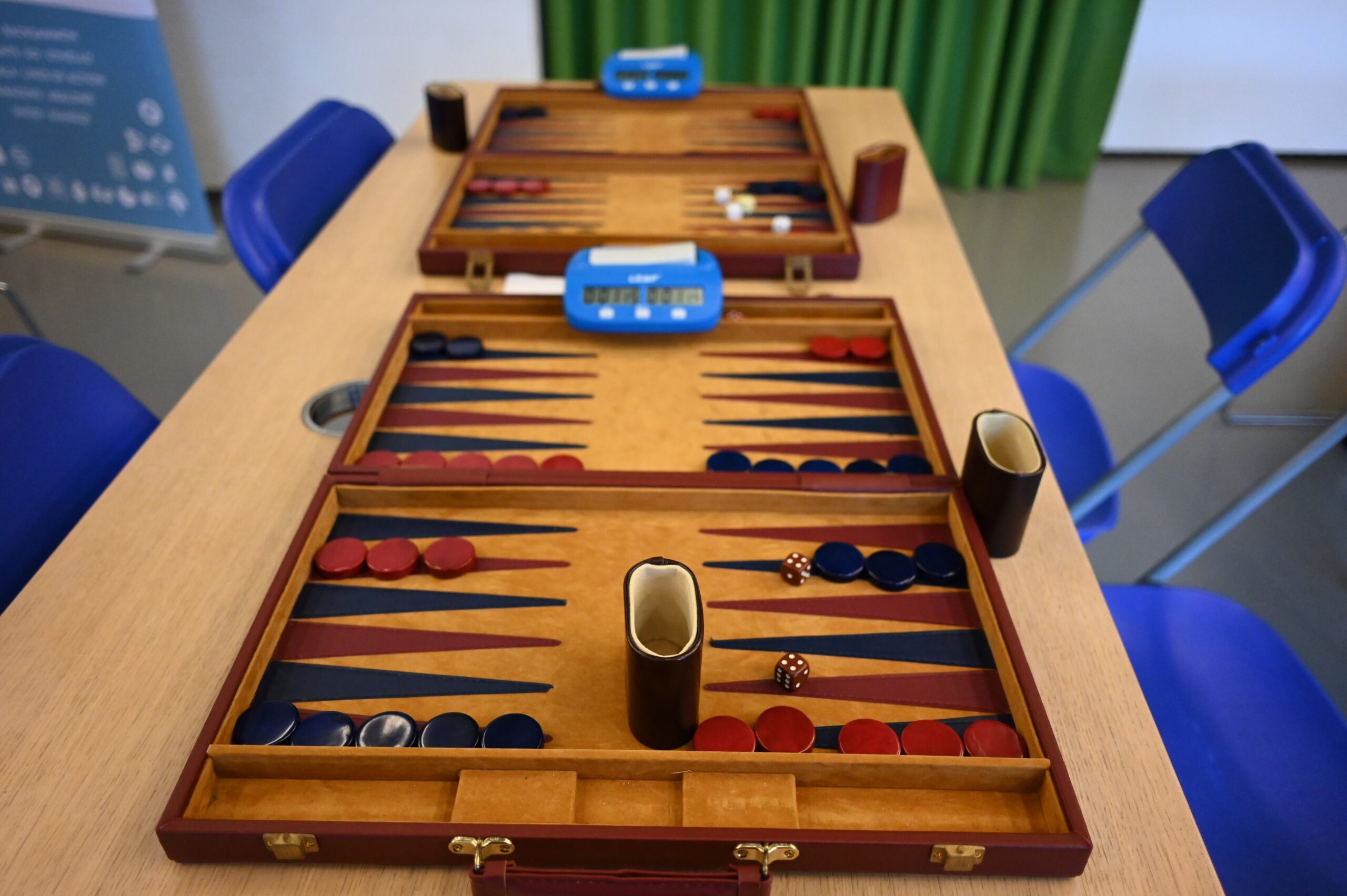
Backgammon is one of the oldest known games that is still widely played today. It originated in Mesopotamia around 3000 BCE, with evidence found in the city of Shahr-e Sukhteh (modern-day Iran). Two players compete by rolling dice and moving pieces around a board, aiming to be the first to remove all their pieces. The mix of luck and strategy makes backgammon appealing across cultures. It spread throughout the Roman Empire and remains popular worldwide, with tournaments still held regularly. Its enduring appeal comes from its balance of skill and chance.
Liubo
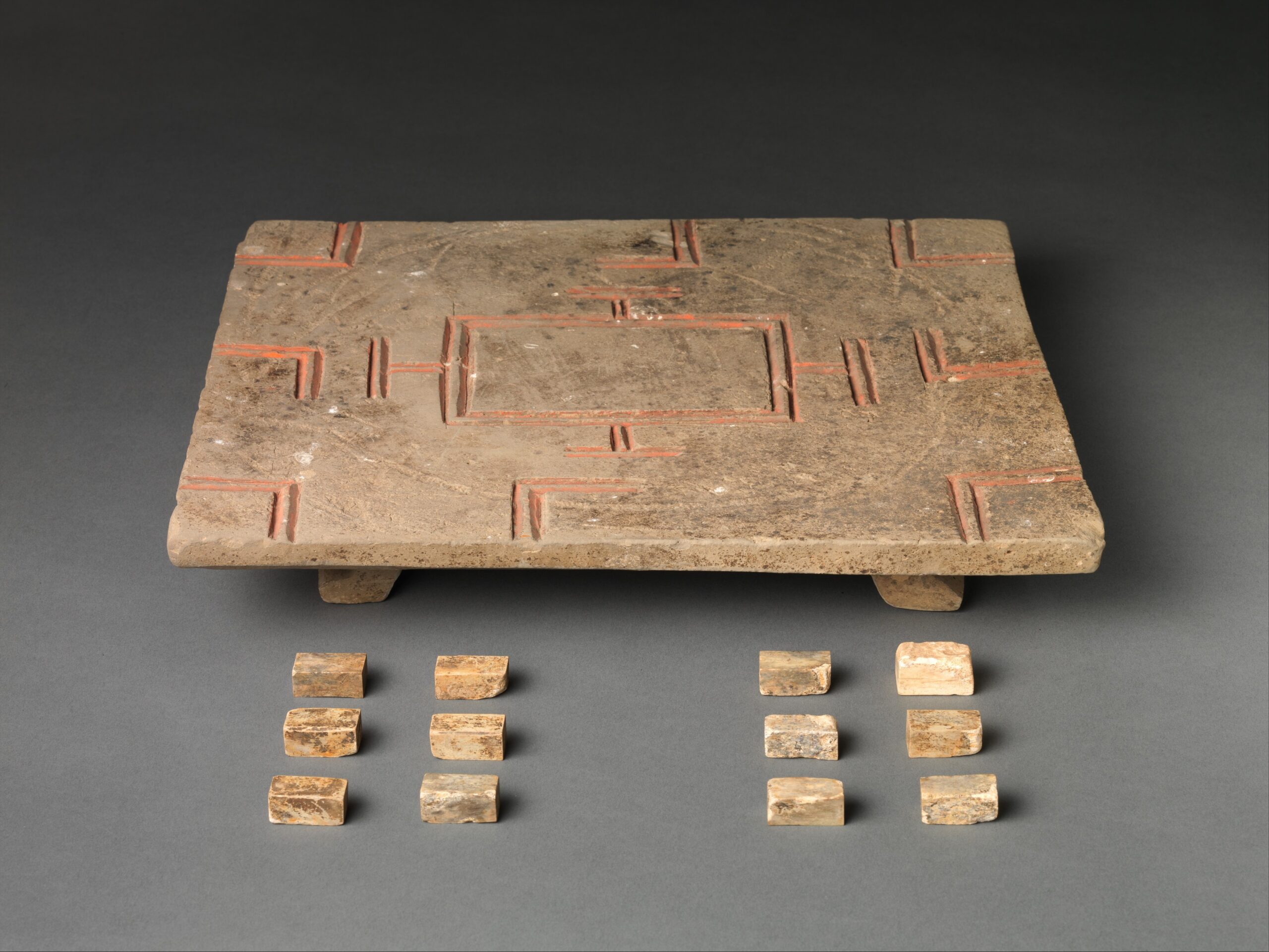
Liubo is an ancient Chinese board game, believed to date back to around 1500 BCE. It was popular during the Han Dynasty, played by nobles and commoners alike. The game involved two players moving pieces around a symmetrical cross-shaped board. Dice were used to determine movement, and the goal was to capture the opponent’s pieces. Though the exact rules are unclear today, it was a game of both skill and luck. Liubo faded in popularity by the end of the Han Dynasty, and it is no longer played today. However, its influence is seen in later Chinese games.
Tafl (Hnefatafl)
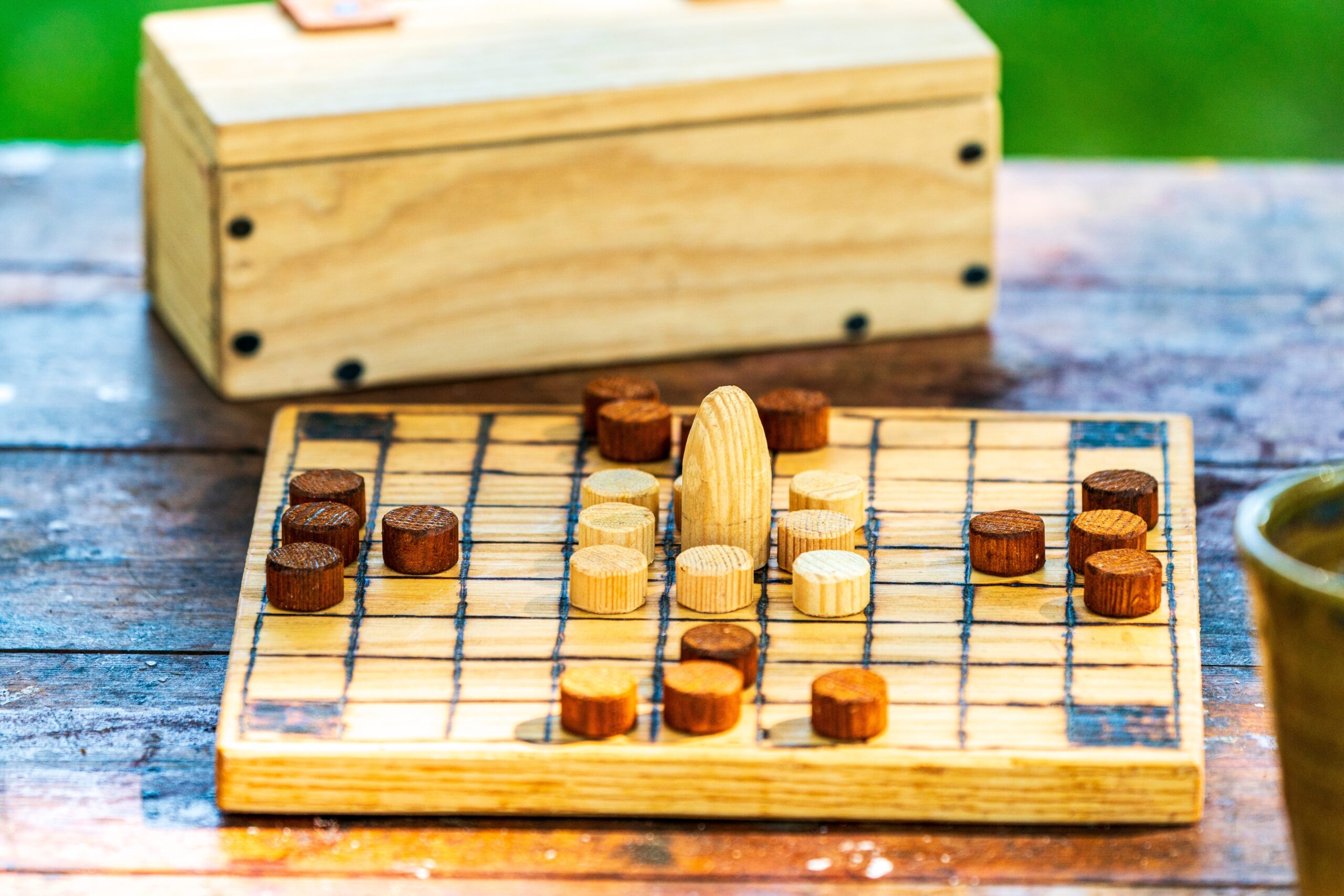
Tafl, often called Hnefatafl, originated in Scandinavia around 400 CE. It was a war strategy game, played on a grid where one player had to defend a king piece, while the other attempted to capture it. The number of squares and pieces could vary, with some versions played on an 11×11 board. It required two players, with each taking a role as either the attacker or defender. Though it faded in popularity after chess arrived in Europe, modern enthusiasts have revived the game. It remains a fascinating glimpse into Viking-era tactics.
Xiangqi (Chinese Chess)
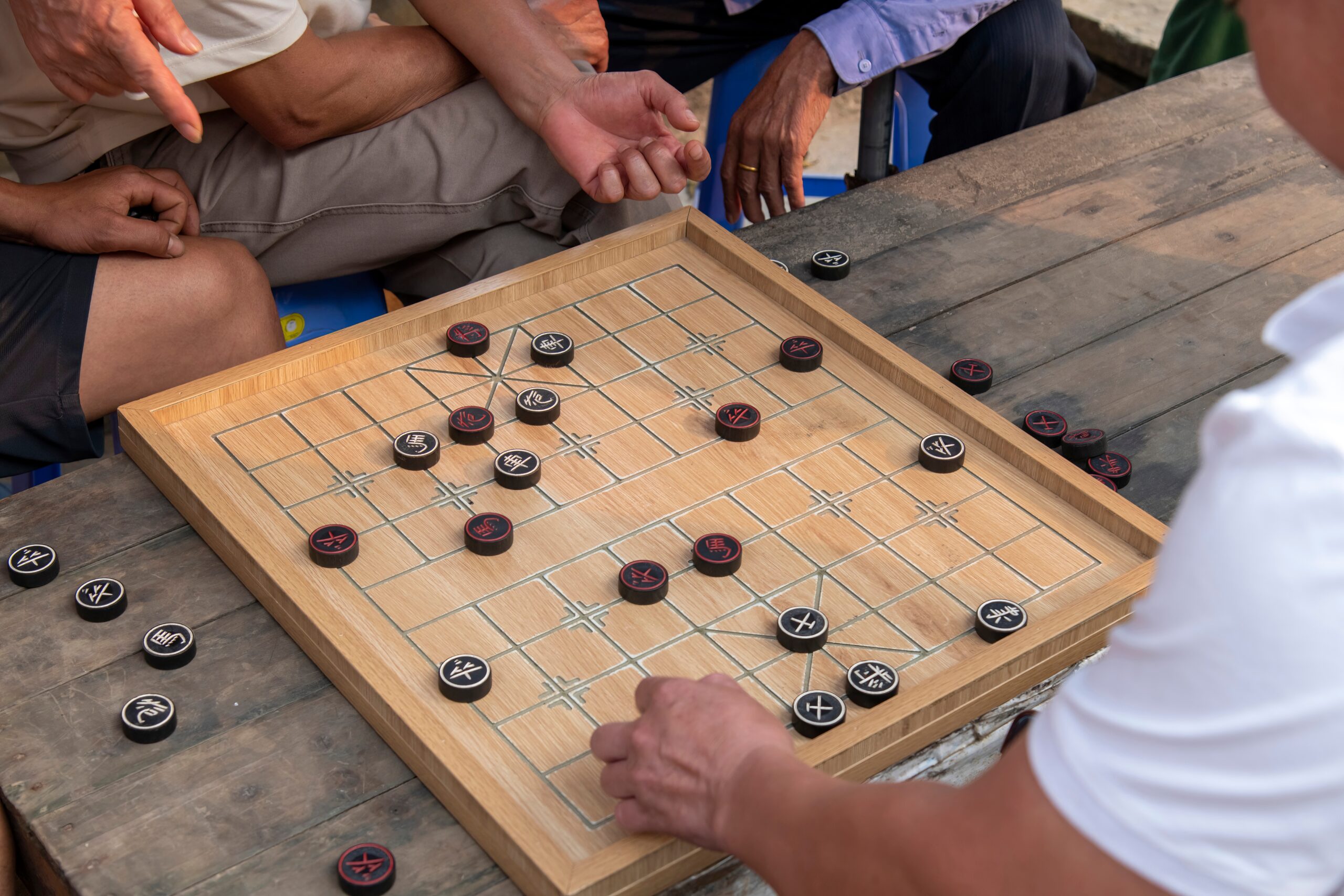
Xiangqi, or Chinese Chess, dates back to around 200 BCE. Originating in China, this game mirrors military strategies with pieces that represent different army roles. Two players face off on a board divided by a river, with the goal of checkmating the opponent’s king (or general). The game shares similarities with chess but introduces unique rules like the cannon piece and movement restrictions. Xiangqi remains one of the most popular board games in China and is still widely played across Asia today. It offers a rich mix of tactics and strategy.
Chaturanga
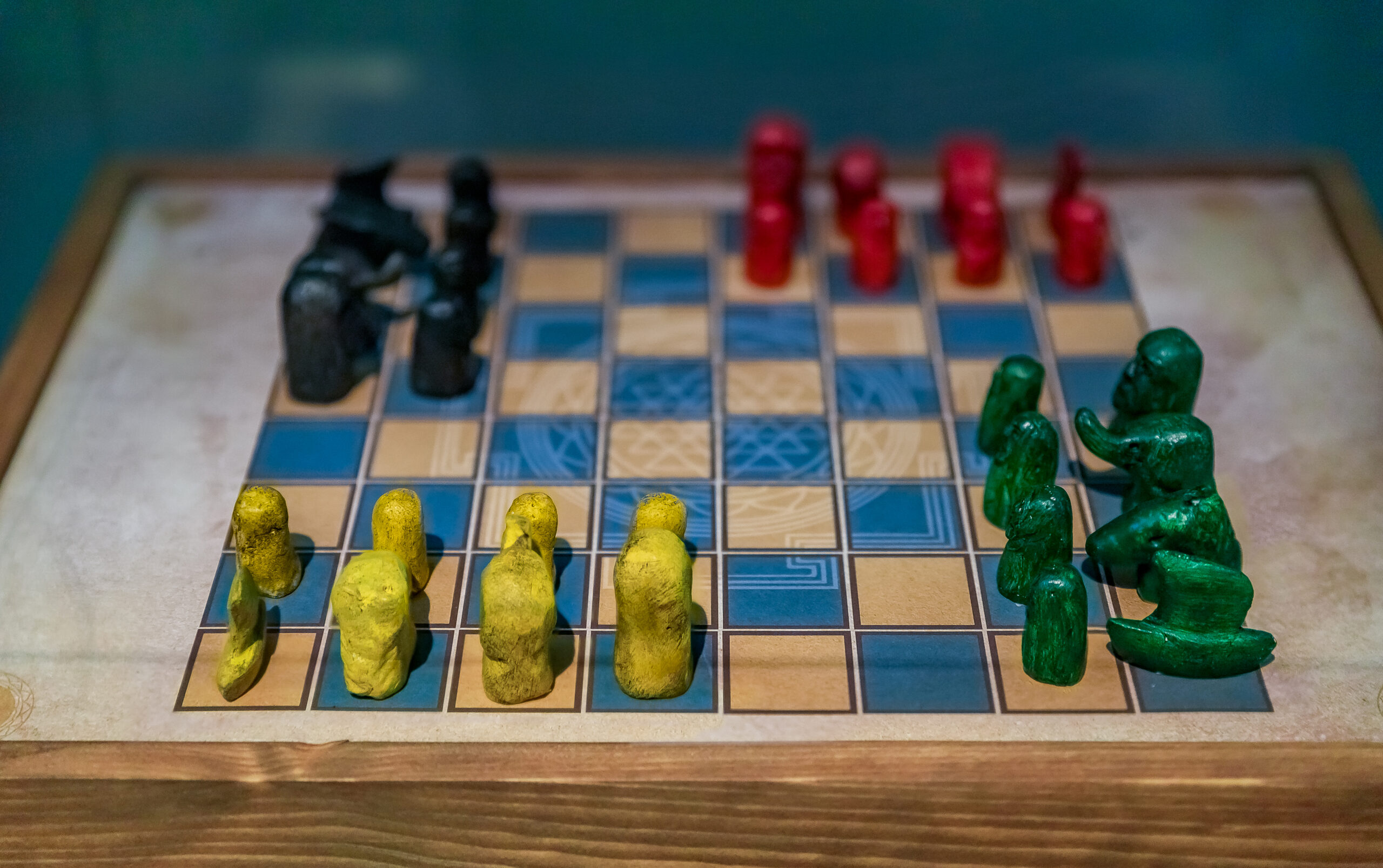
Chaturanga, developed in India around 600 CE, is considered the ancestor of modern chess. It was designed to represent four divisions of the Indian army—infantry, cavalry, elephants, and chariots. The game was played on an 8×8 board by four players in its early form, with dice determining moves. Over time, it evolved into a two-player strategy game, influencing both Shatranj and chess. While Chaturanga itself is no longer widely played, its impact on chess makes it historically significant. It offers a direct connection to modern strategic gaming.
Alquerque
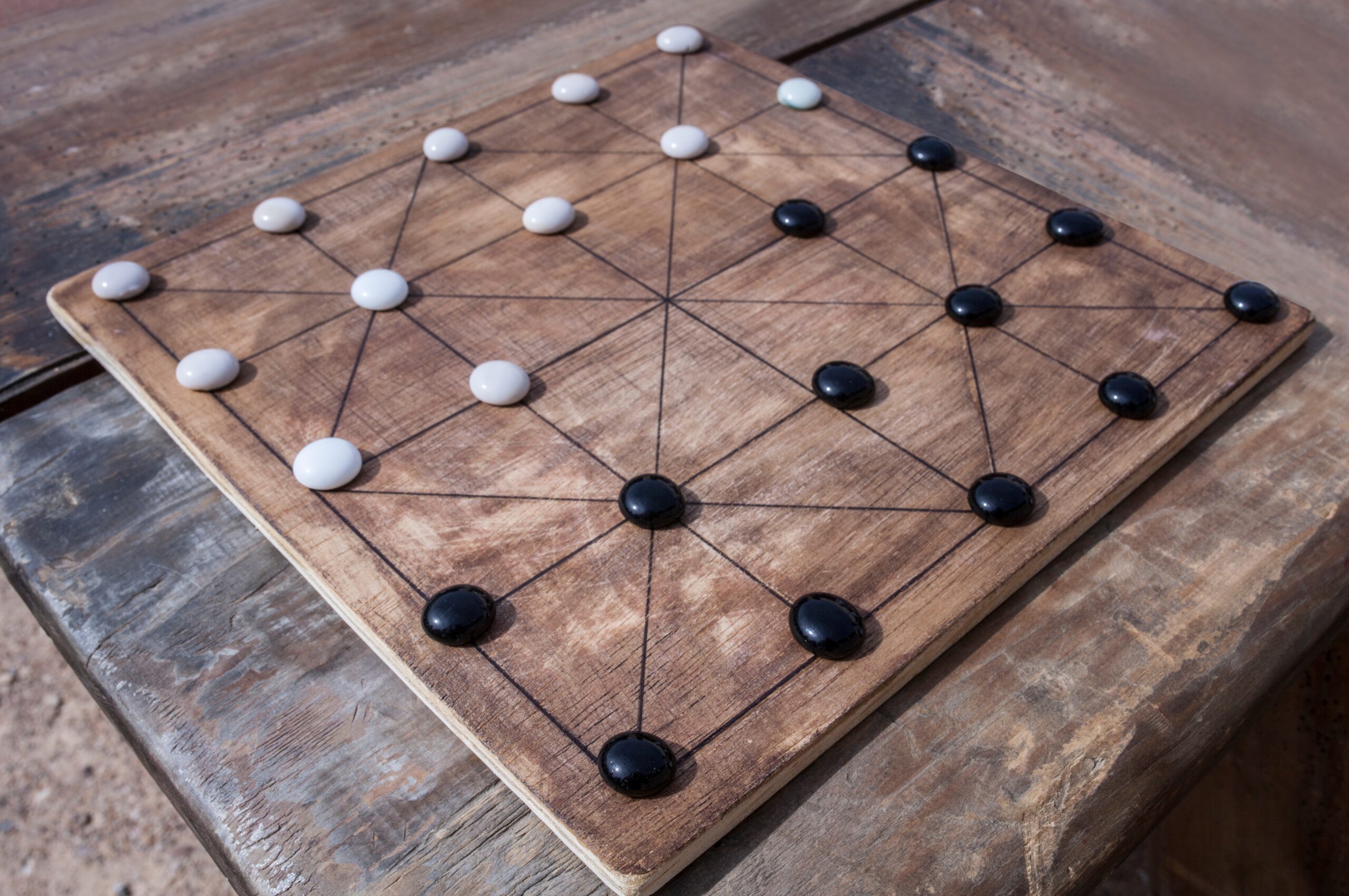
Alquerque, believed to have originated in the Middle East around 1400 BCE, is an ancestor of draughts (checkers). Two players competed on a 5×5 board, moving their pieces diagonally and attempting to jump over and capture the opponent’s pieces. Alquerque was easy to learn but allowed for deep strategy. The game spread across the Mediterranean and became popular in Spain, where it evolved into modern checkers. It is no longer widely played in its original form, but its influence remains in today’s games.
Latrunculi
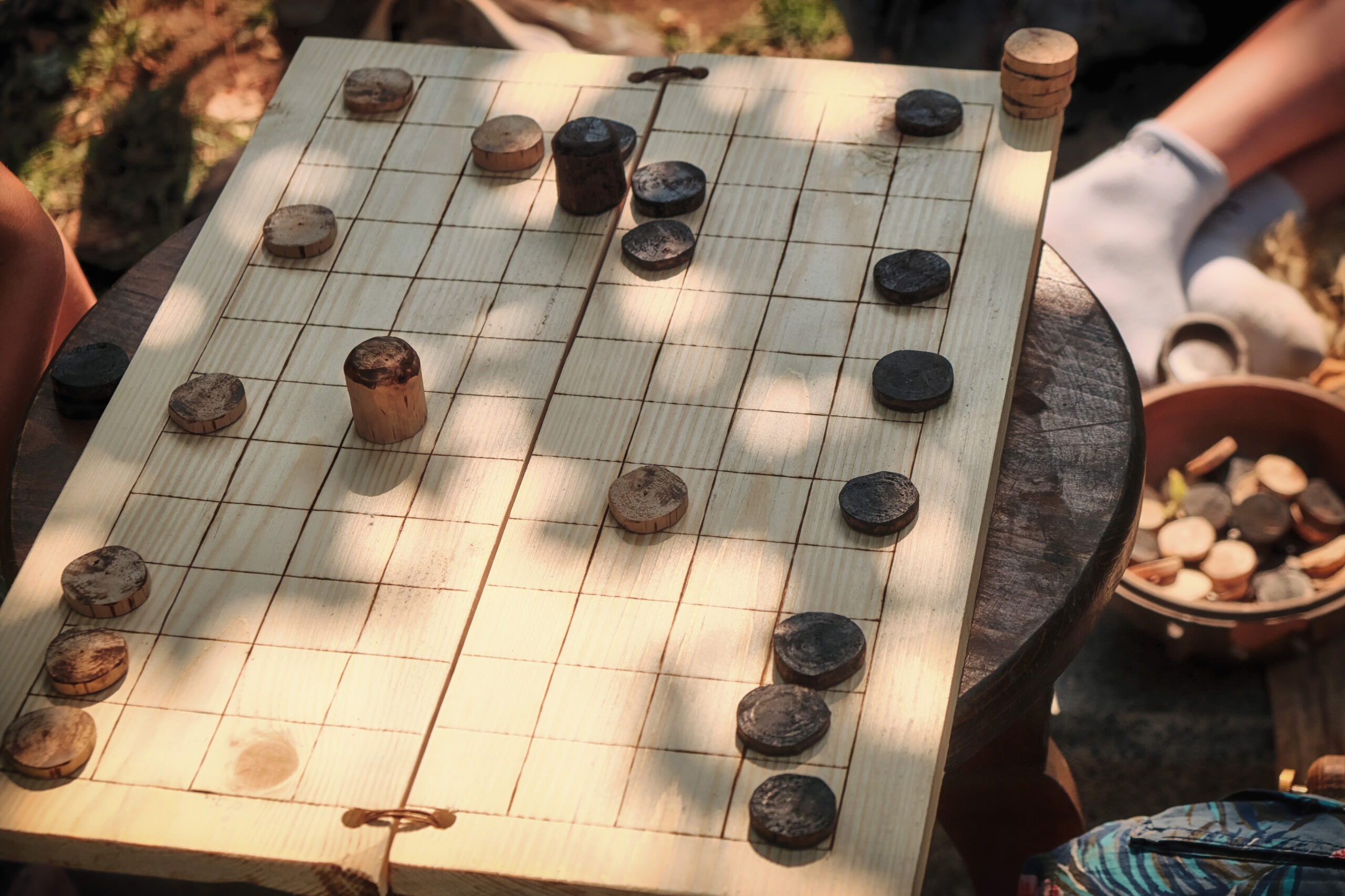
Latrunculi, also known as Ludus Latrunculorum, was a Roman game of military strategy dating back to the 1st century BCE. Played by two players on a square board, the game involved capturing opponent pieces by flanking them on either side. It was compared to chess or go, with its focus on outsmarting the opponent in a battle simulation. Latrunculi was popular among Roman soldiers and provided both entertainment and mental training. Though the rules are not fully known today, the game is occasionally reconstructed for historical reenactments.
Pachisi
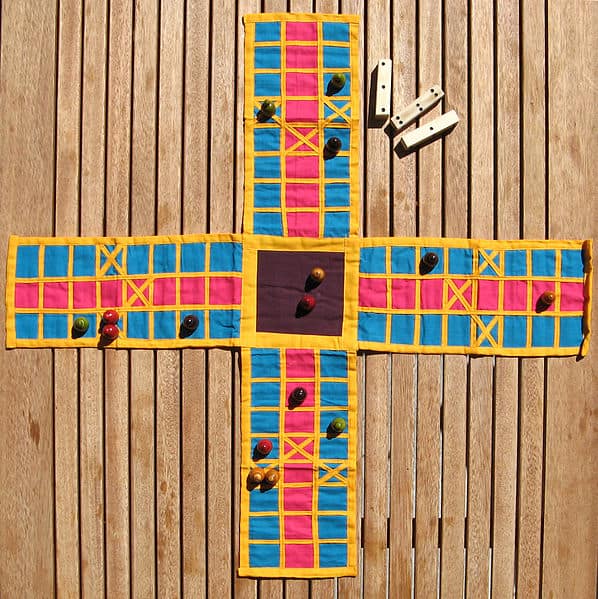
Pachisi originated in India around 4th century CE and is often referred to as the “national game of India.” It is a race game played by two to four players, who move their pieces around a cross-shaped board based on dice rolls. Players attempt to reach the center of the board while avoiding being captured by others. Pachisi was a favorite among Indian royalty and was even played on life-sized boards in palace courtyards. Modern versions of the game, like Parcheesi, are still enjoyed worldwide, making it one of the oldest games still in play.
Nine Men’s Morris
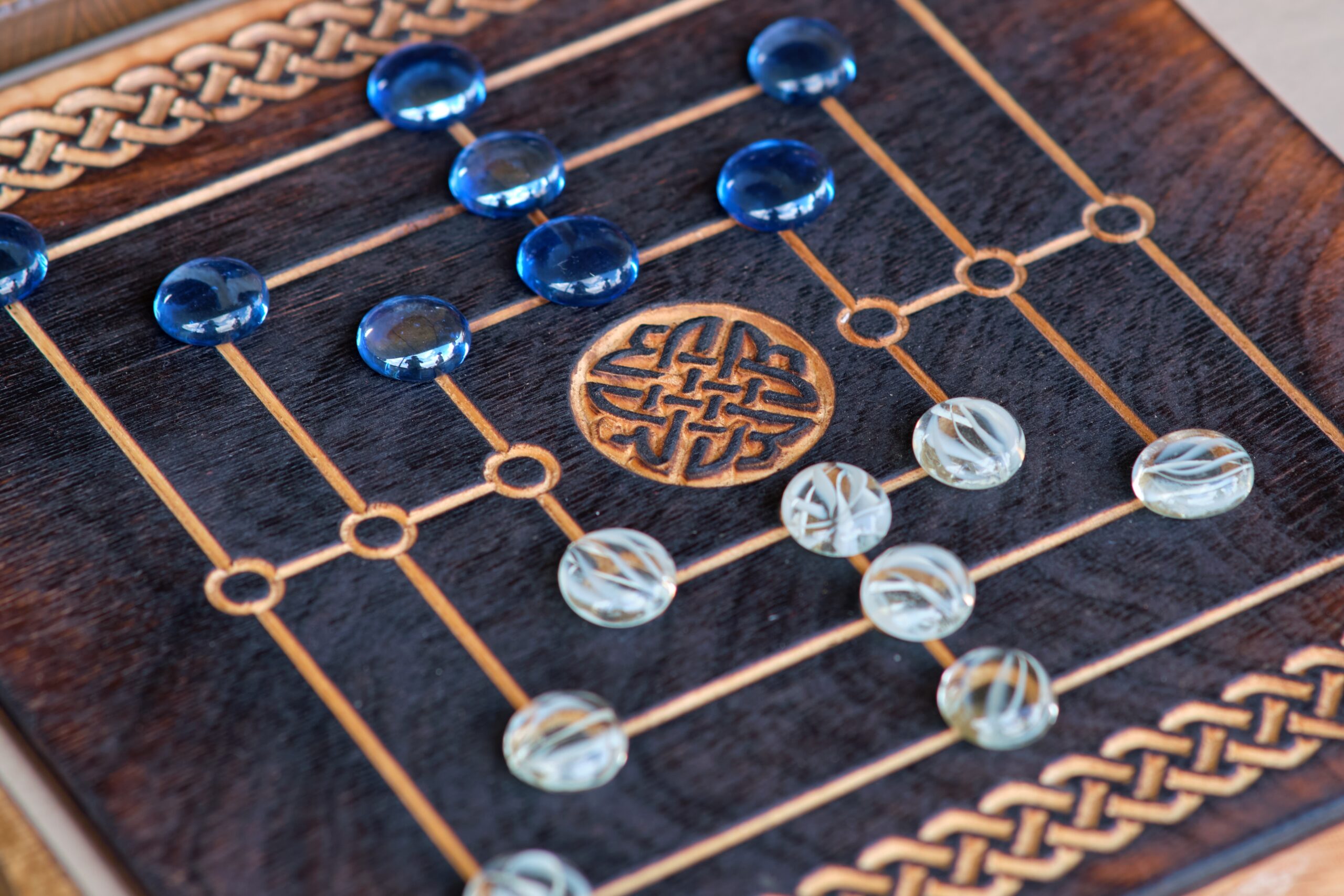
Nine Men’s Morris is an ancient game that dates back to around 1400 BCE. It originated in the Roman Empire and spread across Europe during the Middle Ages. The game is for two players, each starting with nine pieces. Players take turns placing their pieces on a grid of 24 points, aiming to form rows of three, known as “mills.” Once a mill is formed, a player can remove one of the opponent’s pieces. The game continues with pieces being slid along the grid until one player has only two pieces left, losing the game. Nine Men’s Morris is still played today, both physically and online.
Shogi
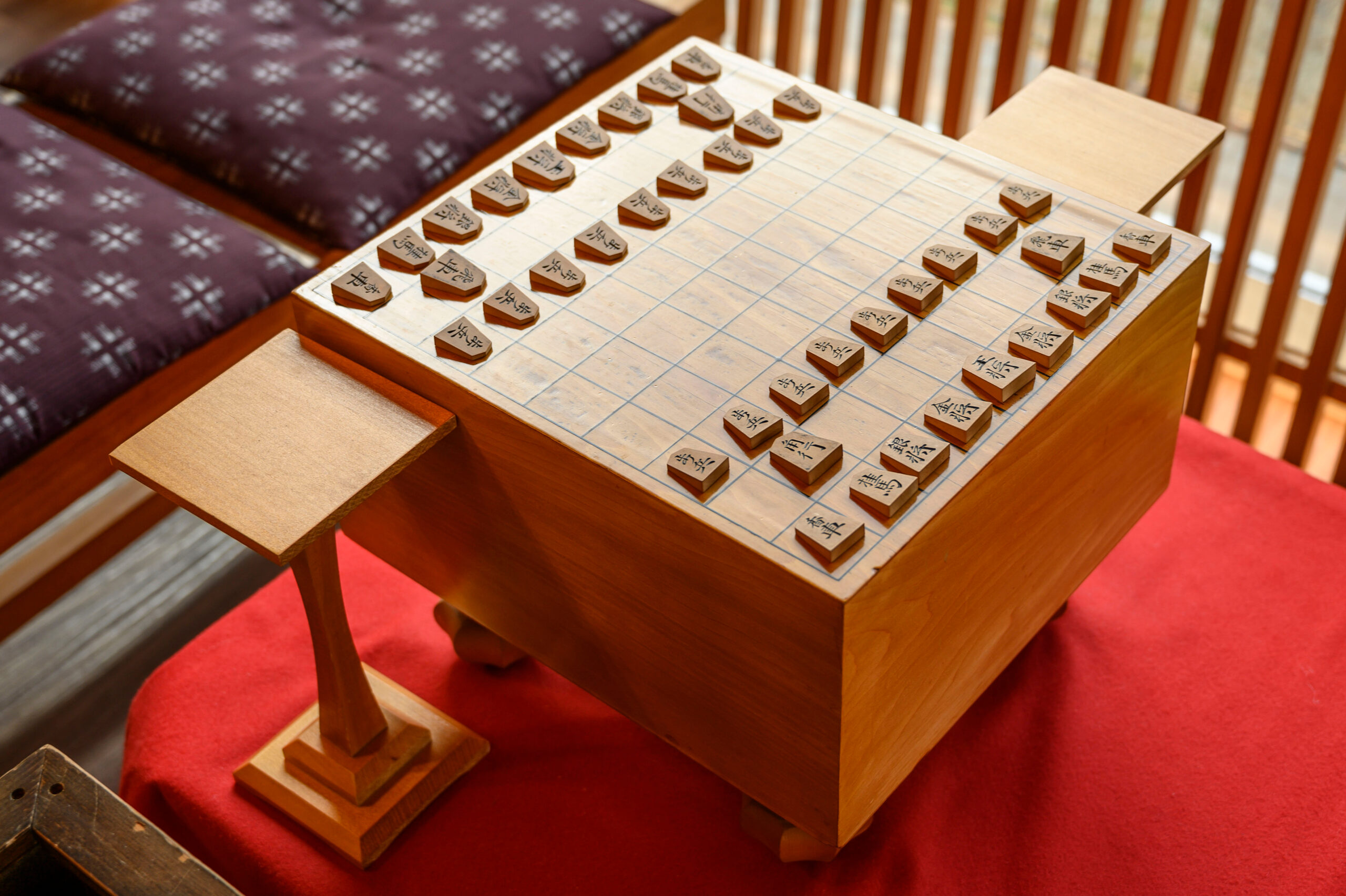
Shogi, also known as Japanese chess, originated in Japan around the 16th century. It is a two-player strategy game similar to chess, but with some key differences, including the ability to reintroduce captured pieces back onto the board. The objective is to checkmate the opponent’s king, much like in chess. Shogi is played on a 9×9 grid with 20 pieces per player, each having unique movement patterns. The game is still widely played in Japan today and has a large professional scene. Its rich strategy and depth make it a favorite among competitive board gamers.
Janggi (Korean Chess)
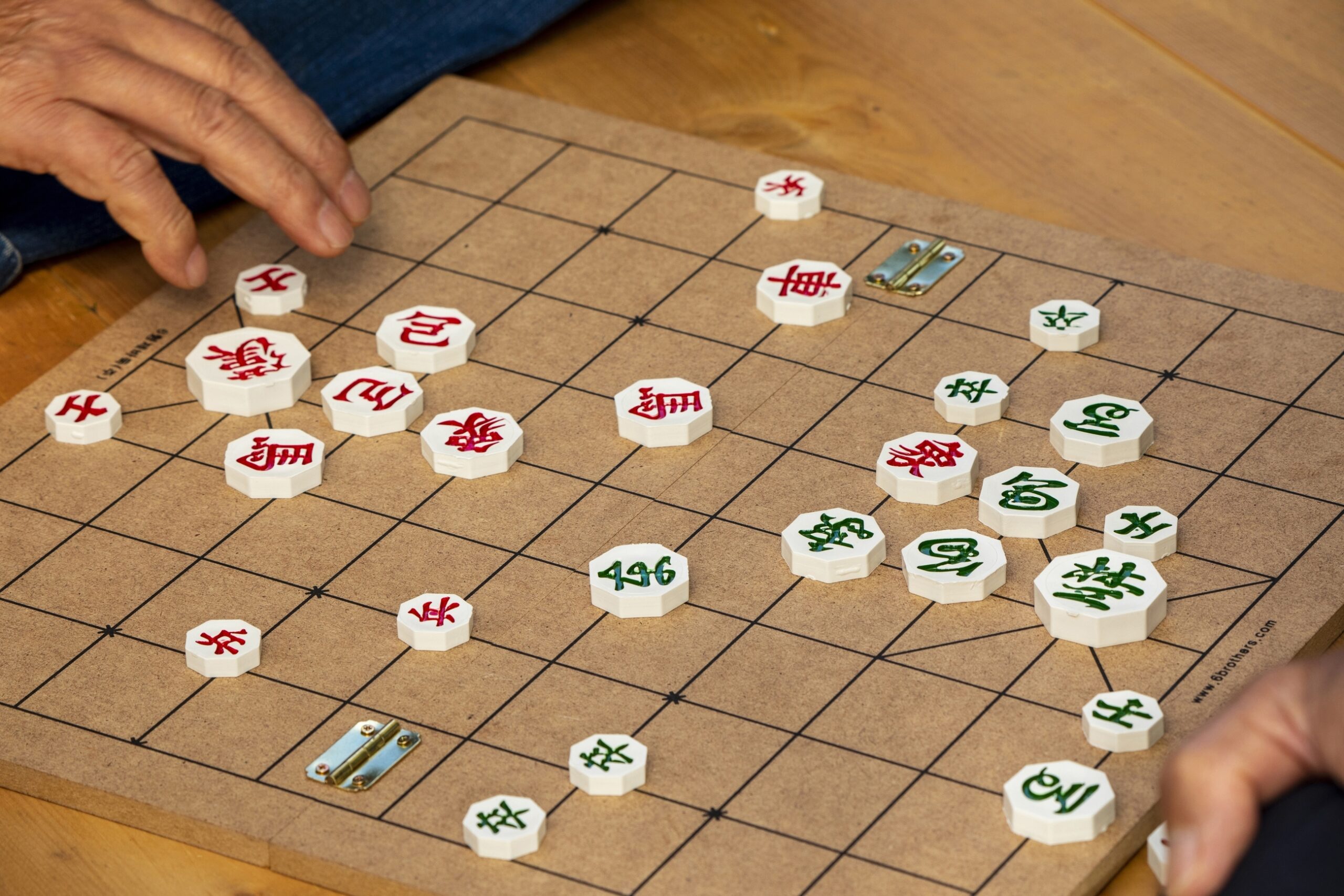
Janggi, often called Korean chess, originated in Korea around the 7th century. This two-player game is closely related to Chinese chess (Xiangqi) but has some distinct differences. The board is larger, with 9×10 points, and there is no dividing river. Players move pieces representing soldiers, elephants, and horses to capture the opponent’s general. The game is known for its strategic depth and is still widely played in Korea today. Janggi continues to thrive in both casual settings and organized competitions, maintaining its place in Korean culture.
This article originally appeared on Rarest.org.
More from Rarest.org
8 Oldest Anime Ever Created
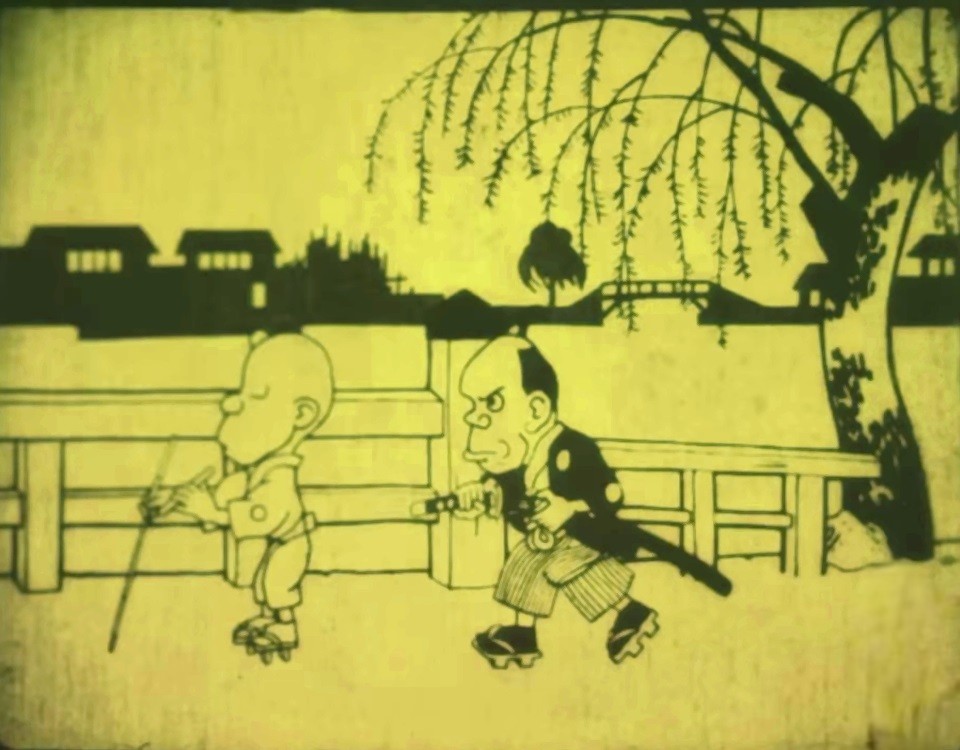
Anime has a long, fascinating history that goes back more than a century. The earliest creations were simple, but they laid the foundation for the thriving industry we see today. Read More.
10 Oldest Gymnasts In The World Ever

Gymnastics is a sport known for its demands on agility, strength, and youthful energy. Read More.
Top 10 Largest Cat Breeds Around the World

Cats come in many shapes and sizes, but some stand out for their impressive stature. The largest cat breeds in the world are known for their size, strength, and often gentle nature. Read More.
